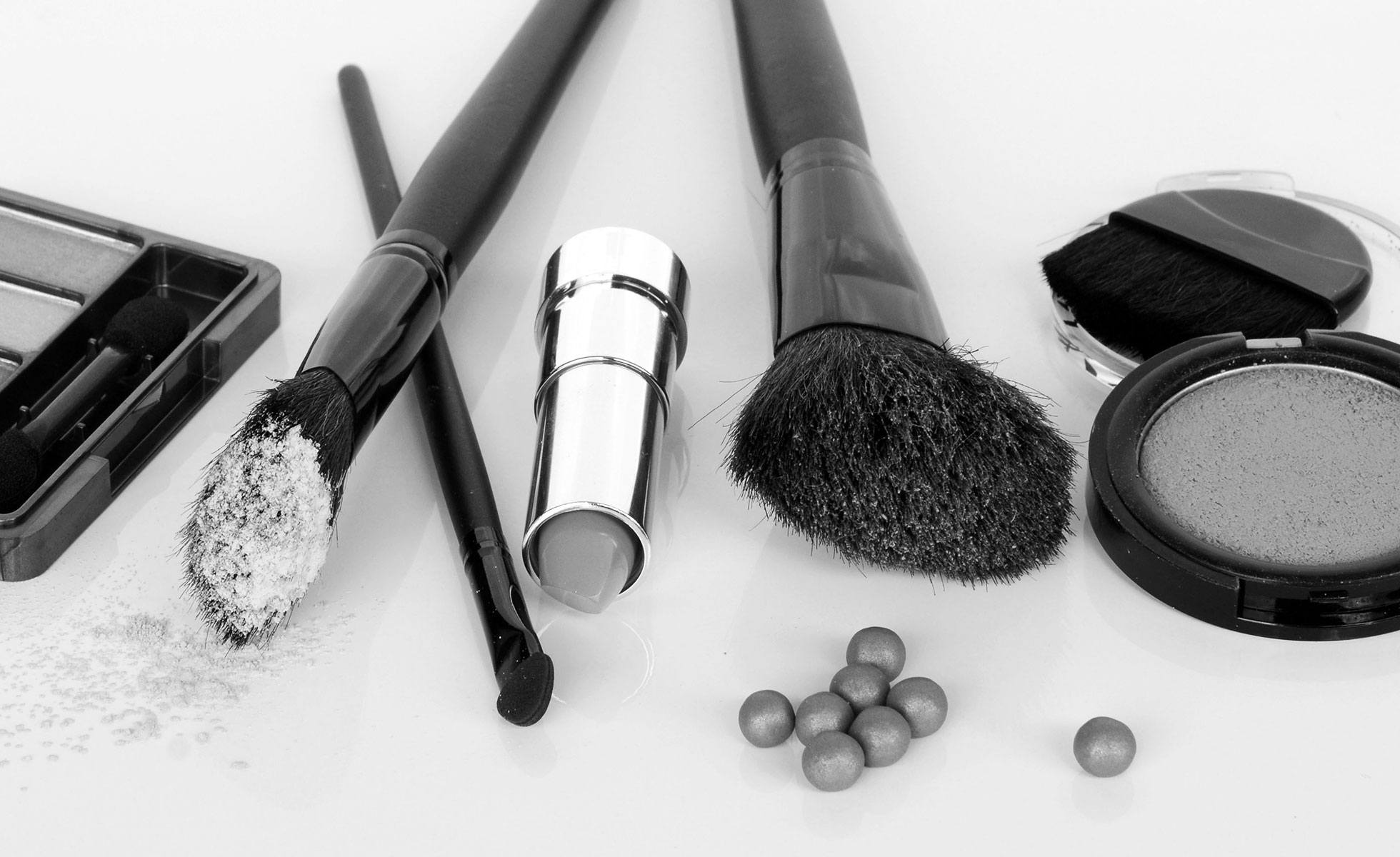madtechventures.com – In the quest for beauty, makeup is a trusted ally for many. However, beneath the vibrant palettes and alluring packaging, some makeup products contain ingredients that can pose risks to health and well-being. This article will guide you through the complex landscape of cosmetic ingredients, helping you identify and avoid harmful substances to make safer choices for your skin and body.
Understanding Common Harmful Ingredients
While not all makeup products contain harmful chemicals, some ingredients have raised concerns due to their potential health effects:
- Parabens: These preservatives prevent the growth of bacteria and mold, but they can mimic estrogen in the body, potentially disrupting hormone balance and increasing cancer risk.
- Phthalates: Used to enhance the flexibility and longevity of products, phthalates are known endocrine disruptors and have been linked to reproductive health issues.
- Formaldehyde and Formaldehyde-Releasing Agents: These preservatives can cause skin irritation and have been classified as carcinogens, posing a risk with prolonged exposure.
- Synthetic Fragrances: Often labeled simply as “fragrance,” these can contain numerous undisclosed chemicals that may trigger allergies and respiratory issues.
- Lead and Heavy Metals: Found in some lipsticks and eyeliners, heavy metals can accumulate in the body over time, potentially leading to neurological and developmental problems.
Tips for Avoiding Harmful Ingredients
Navigating the world of makeup can be daunting, but with these strategies, you can make safer choices:
- Read Labels Carefully: Familiarize yourself with harmful ingredient names and check product labels before purchasing. Look for products labeled “paraben-free,” “phthalate-free,” and “fragrance-free.”
- Research Brands: Choose brands that prioritize transparency and safety in their formulations. Many companies now offer clean beauty lines with non-toxic ingredients.
- Use Apps and Databases: Utilize resources like the Environmental Working Group’s Skin Deep Database or apps like Think Dirty to check the safety ratings of products and ingredients.
- Opt for Organic and Natural Products: While not always a guarantee of safety, organic and natural cosmetics often use fewer synthetic chemicals. Look for certifications from reputable organizations.
- Patch Test New Products: Before fully incorporating a new product into your routine, perform a patch test on a small area of skin to check for reactions.
The Importance of Advocacy and Regulation
While consumers play a crucial role in choosing safe products, broader systemic changes are necessary for lasting impact:
- Support Stronger Regulations: Advocate for stricter regulations on cosmetic ingredients to ensure safety standards are met and harmful chemicals are banned.
- Encourage Transparency in the Industry: Demand that brands disclose all ingredients, including those used in fragrances, to allow for informed consumer choices.
Conclusion
Avoiding harmful makeup ingredients may seem challenging, but with awareness and careful choices, it’s possible to navigate the cosmetic minefield safely. By educating yourself about potential risks and supporting brands that prioritize transparency and safety, you can protect your health while enjoying the benefits of makeup. As consumer demand for safer products grows, the beauty industry will continue to evolve, paving the way for a healthier and more informed future in cosmetics.
